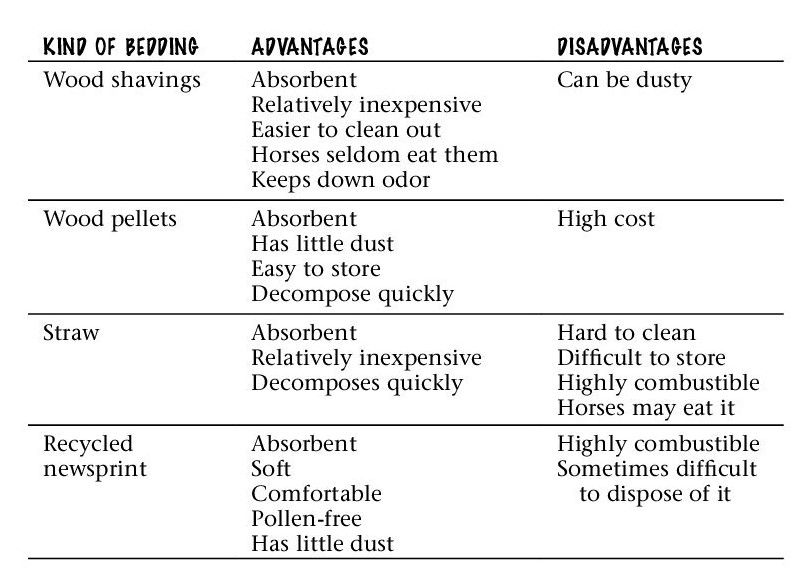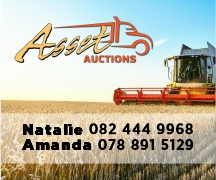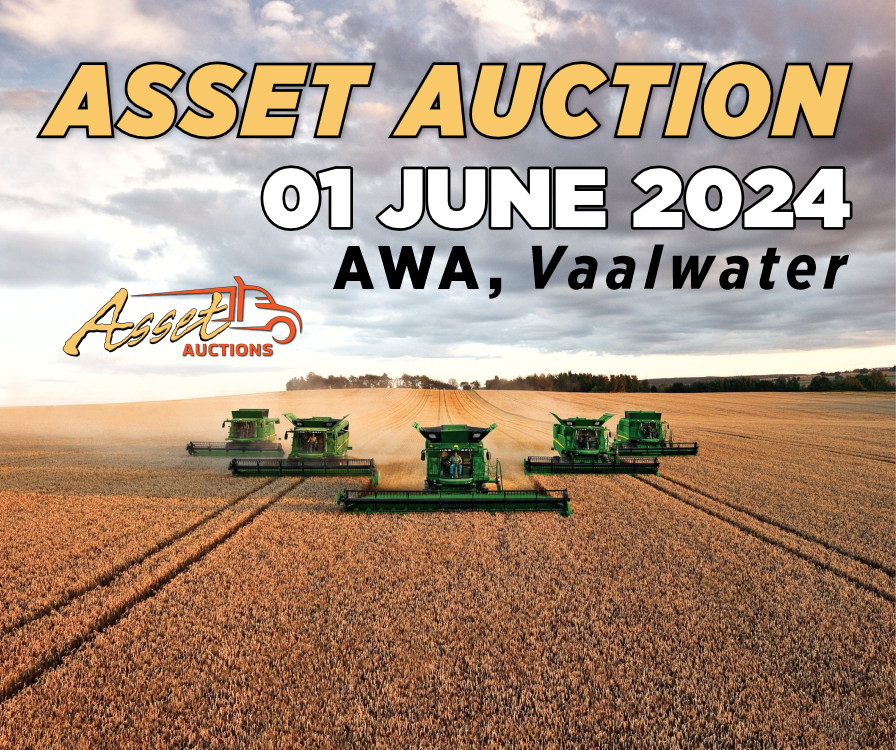Facilities
Whether you plan to keep your horse at your home or board it, you must make sure it has a safe and healthy environment. The facility should also be safe and convenient for you.
Goals for a well maintained facility;
• A productive pasture with plenty of grass and few weeds
• Safe turnout areas
• Very little mud, even during the rainy season
• All manure and stall waste composted to feed the pasture, or removed from the facility and composted
• Convenient setup for the feeding and care of horses
• Safe fencing
• Safe, well-designed stalls
Be sure you know what the laws of your state require. Also, each county has different building codes and land use laws, and there are various water quality standards you must meet. It is important that what you do at your equine facility is both legal and environmentally sound. Ask the following questions about your facility (or the place where you board) to assess whether there are health or pollution concerns.
1. Are the horses in good health?
2. Is the drinking water clean?
3. Are there plants growing on streambanks?
4. Is all running water carrying manure or dirt diverted to avoid creeks or canals?
5. Is manure stored so that no pollutants infiltrate groundwater?
Shelter
Shelter is one of the basic requirements for horses, mainly to protect them from wind
and give them a place out of the rain to dry off. Shelter also allows them to get out of the sun and avoid insects.
A simple shed is adequate shelter. A typical shed has three sides with the open fourth side facing away from the prevailing wind. It should have a high ceiling with no objects overhead, so a tall horse throwing its head up does not hurt itself. There should be slight drainage away from the shed to prevent mud problems.
A shed can be roomy enough to shelter several horses, but be sure it has several exits so no horse is cornered by another.
If you need a more controlled environment, a barn is a good option. There are many things to think about when designing a barn. Some of these include:
• Cost
• Safety
• Maintenance
• Convenience
• Ventilation
• Mud management
• Manure management
• Lighting
• Fire risk
• Rodent control
• Feed storage
There is excellent information on building barns in books and on the Web. Spend time doing research and visiting facilities before you begin your own building project. Following are some general guidelines:
• Barn aisles should be at least 8 feet wide with nonslip surfaces.
• Stalls should be at least 10 x 10 feet;
12 x 12 feet is better. Larger stalls may be needed for foaling.
• Ceiling and doors should be at least 8 to 9 feet high.
• Stall doors should be 4 feet wide.
• Walls between stalls should be at least
7 feet high. The bottom 5 feet may be solid with slats or screens above.
• Good ventilation is critical to avoid respiratory problems.
• Floors should be dry and level.
• Good lighting is a necessity.
• There should be easy access to electricity and water.
Check all buildings regularly for damage and projecting or sharp objects. Fix problems immediately. Clutter in and around the barn is always a safety hazard. Make sure aisles and common pathways are clear.
Feeding and Watering
A good facility is set up so that you can feed and water your horse easily. Water is available wherever you need it, and feed is stored for convenient access.
If possible, design so that you can feed without having to enter stalls, paddocks, or pastures. Horses can be aggressive around food, so this a safety feature. It also usually makes feeding faster.
You can choose from a variety of feeder styles for both hay and grain. Whenever possible, feed horses at ground level. This is a horse’s natural eating position, and it helps stretch the neck and back. Feeding at ground level also means there will be less chance of
hayseeds or other debris falling into the horse’s eyes, ears, and face. If you can feed at ground level, it is better to place the feed in a manger or tub rather than on the bare ground. This helps reduce waste, external parasites, and internal parasite ingestion. It can also help prevent sand colic.
Whether your horse is in a stall, turnout area, or pasture, it should have water available at all times. There are many types of water containers, but all should hold enough water to last from the time you fill them until you check them again.
Large tanks work well in pastures, and they are better insurance against your horse’s running out of water. You can make tanks from bathtubs, wash tubs, or garbage cans, or you can buy regular watering tanks.
In a stall, you can use buckets or automatic waterers. Place buckets in a corner or hang them from a hook so they don’t get knocked over. For mature horses, secure them about
38 to 42 inches off the ground. Automatic waterers make watering your horse easy, but some people don’t like them because you can’t tell how much water your horse has drunk.
Research indicates that horses tend to drink less water when you use automatic waterers than when you use buckets. Drinking less water can lead to dehydration, colic, and other health problems.
Whatever containers you use to water your horse, be sure you keep them clean and change the water often. In the summer, empty them once a week and scrub them out. This eliminates algae growth and kills mosquito larvae. If it gets below freezing in the winter, remove any ice chunks twice a day. (See “Weather and Your Horse,” page 77, for more cold-weather watering advice.)
Storing Feed
Feed must be stored properly to maintain its quality. Store hay in a well-ventilated place to keep it from molding or getting powdery fungus. Use boards or pallets to keep it off damp floors. Keep hay under cover to protect it from rain, snow, or direct sun. Never stack wet hay in a barn, as spontaneous combustion can cause a fire. Remember that hay loses nutritional value over time, so don’t store more than a year’s supply.
Store grain in tightly covered containers to keep out rodents and other animals. To prevent mold, be sure the storage area is dry. Clean the insides of storage bins often, especially in summer, as they can mildew quickly. We suggest that you store no more than a 2-week supply of grain at a time, as grain molds can be deadly.
Be sure that horses cannot get into any feed storage areas.
Tie areas
It is important to have a safe area to tie horses, whether inside the barn or outside in a paddock or field. Always tie to a solid,
immovable object. A strong, tall, solid wall is the safest. Solid, heavy fence posts are safe as long as they are not on an electric or barbed wire fence. It is never safe to tie to a rail.
Place sturdy tie rings in walls, trees, or posts. The tie ring should be level with the horse’s withers or higher. Cross-ties in barn aisles are recommended.
Stall Bedding
The more absorbent the bedding, the less you have to use. Using less bedding reduces the amount of waste, takes you less time to clean a stall, and costs you less.
One way to reduce the amount of bedding required is to use rubber mats in your horse’s stall. Mats provide enough cushion for the horse that you need only enough bedding
to soak up urine. Mats make cleaning easier because they are flat, which is also better for the horse’s feet and legs. Mats also prevent a pawing horse from digging holes in the stall floor.
Even if you have rubber mats, you still need to put some bedding on them. Use whatever is available in your area as long as it is dry and not dusty.

Turnout Areas
The healthiest equine lifestyle is for the horse to be turned out 24 hours a day, 7 days a week. The next best thing is as much turnout time as possible.
There are several types of turnout areas.
Remember that the smaller the area, the higher the risk of injury.
Pens are at least 12 by 24 feet, about twice the size of a stall. While they do let the horse get outside, they are not big enough for a horse to get daily exercise.
Runs are long, narrow areas. They are usually about 20 feet wide. A 100-foot run allows the horse to trot, while a 200-foot run allows it to gallop.
Paddocks are large pens or small pastures, usually around ½ acre in size, that give a horse plenty of room to exercise. They should be grassy, though overgrazing is a common problem.
Fences in turnout areas should be level with the horse’s eye or just above the withers.
Footing in a paddock area is important both for safety and health, especially in the winter. A thick layer of footing material, such as gravel or wood chips, keeps horses out of the dirt and lets rainwater drain through. Spread the material when the paddock is dry. If you use gravel, use 5⁄8-inch or less for your horse’s comfort and to avoid lameness or bruising.
Before you use wood chips, find out what type of wood it is, and check with your veterinarian to make sure that type is not toxic to horses.








